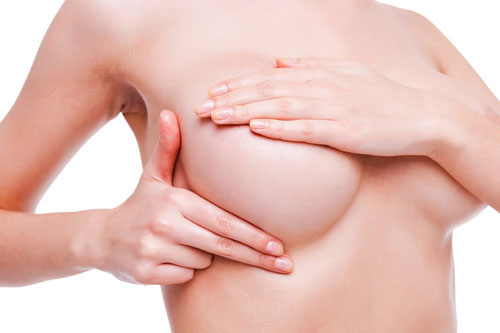Breast Lift Procedures in Rochester, Rochester Hills, Oakland Township, Lake Orion, Troy, and the rest of Southeast Michigan

TECHNIQUE
Several methods are available for breast lift surgery or mastopexy. The specific technique chosen by Dr. Hainer will depend on a number of factors including the degree of breast droop (ptosis) and whether you also desire breast implants for more fullness or firmness. Ultimately, the extent of ptosis will dictate which technique is most appropriate. For mild droop, breast implants alone can provide enough lift effect to the breasts to attain the desired effect. If implants are not chosen, then a periareolar technique can be utilized for breasts with mild ptosis. This involves an incision completely around the areola with no other incisions on the breast itself. For more significant droop, either a vertical or inverted-T technique is employed. In addition to the areolar incision, the vertical technique also adds a vertical incision extending from the bottom edge of the areola to the crease beneath the breast (lollipop incision). The inverted-T method also adds a third incision in the actual crease beneath the breast following the natural curve. Another innovative technique performed by Dr. Hainer is the pectoral-loop mastopexy, which utilizes a loop of pectoral muscle to create an internal lift to the breast with a short external scar.
Once the excess breast skin is removed, the nipple, areola and underlying breast tissue are lifted up to a new, higher position. The nipples and areolas remain attached to the underlying breast tissue thereby preserving nipple sensation: the reported incidence of nipple numbness is roughly 10-15%. These methods should also retain the ability to breast feed in the future.
During your initial consultation, your breasts will be examined and measured and a decision will be made regarding which technique is most suitable for you to accomplish the optimal results. If you are considering breast implants, Dr. Hainer will review the necessary information regarding breast augmentation surgery.
Breast lift surgery (mastopexy) is a cosmetic procedure designed to restore the shape and rejuvenate the contour of breasts that have lost their youthful appearance. Over time, breasts can sag, droop, soften and flatten as a response to gravity, pregnancy, breast feeding, as well as weight gain and weight loss. In some, they may even atrophy and shrink. Even if the volume remains the same, they may lose their firm and erect youthful position. A breast lift can address these problems by reshaping and revitalizing sagging, shrinking and atrophied breasts. In breast lift surgery, the breasts are raised, the nipples are repositioned, and the areolas can be reduced in size. If volume loss is also an issue, implants may be inserted during breast lift surgery to increase breast size and restore youthful firmness. The ultimate results are youthful, perky breasts with restoration of their shape and firmness.
ANESTHESIA
Breast lift surgery can be performed using a variety on anesthesia depending on the technique and whether breast implants will be placed. Periareolar mastopexy can be performed with local anesthesia only, or with intravenous sedation, or even general anesthesia. The more involved techniques will require general anesthesia so you will sleep through the entire procedure. Dr. Hainer will present to you the various options available.
LENGTH OF PROCEDURE
1-1½hrs for periareolar technique; 2-2½hrs for vertical or pectoral-loop technique; 3-3½hrs for inverted-T technique. Add an additional 1 hr if breast implants are also being placed.
RECUPERATION AND HEALING
Mastopexy surgery as well as mastopexy-augmentation combination surgery is performed on an outpatient basis whether performed at a hospital, outpatient surgery center or office-based surgical suite. The skin incisions heal quickly. All sutures are absorbable. Initial discomfort is minimal and well controlled with pain pills. You are given intravenous antibiotics during the surgery and are given 10 days of oral antibiotics after the procedure. We recommend 5-7 days off from work although this varies depending on medical issues, age, mastopexy technique, weather breast implants were also placed, and type of work performed.
BEFORE SURGERY
- Stop taking aspirin and aspirin-containing products at least one week before surgery. A sheet of medications to avoid those that contain aspirin will be provided to you.
- If you develop a cold or illness prior to surgery, please notify us so that we may reschedule your procedure. Remember, this is elective surgery so everything should be optimized to prevent potential complications.
- Vitamins are important in healing. Take a multivitamin with iron as well as vitamin C.
- All other vitamin supplements and herbal medications should be stopped, since many can actually worsen bruising.
- Smokers must stop smoking 6 weeks prior and 6 weeks after the surgery.
- Make certain arrangements have been made to have someone pick you up after surgery and to stay with you for the first 24 hours if possible. Transportation services are available through our office.
- Fill all your prescriptions before the day of surgery. Bring your pain pills with you the day of surgery. You may be asked to take them after your procedure before you go home.
- You may want to purchase a stool softener such as Colace, as pain medication may cause constipation.
EVENING BEFORE SURGERY
- Eat lightly; avoid heavy, spicy, or gassy foods.
- Get a good night’s rest.
- Do not eat or drink anything after midnight prior to surgery. If your surgery is in the afternoon, do not eat or drink anything at least 8 hours prior to surgery. You may take any prescription medications with a sip of water only.
HOME AFTER SURGERY
- After any breast surgery, it is important to rest. While in bed, exercise your legs and feet to increase circulation to your legs.
- A small amount of bloody drainage through the bandage can occur.
- Limit your arm movements the first 48hrs after surgery. Do what is comfortable, and avoid activities that cause pain.
- Begin taking liquids slowly after surgery and advance your diet as tolerated. It is best to take your medications with food rather than on an empty stomach. Call Dr. Hainer if you have any problems with nausea after surgery. He will call in a prescription for an anti-emetic.
- Any discomfort should be relieved by the pain medication. Use the prescribed muscle relaxant around the clock for the first 10 days.
- It is normal to have pain and swelling after any breast surgery, however, call Dr. Hainer immediately if the breast swelling feels hard or appears much larger from one side to the other, or if one breast is significantly more painful than the other.
- Drain care and emptying is mandatory. Drain teaching will be provided to you as well as an instruction sheet.
DEDICATED TO YOUR CARE
The entire surgical process begins well before your actual surgery date. Detailed descriptions of the entire pre and post-surgical course will be explained. Surgical consents will be signed once any and all questions are addressed. Drain teaching, if necessary, is provided. All prescriptions are provided and explained. If specialized garments are needed, exact measurements are made and sample garments are fitted.
During this entire surgical experience, Dr. Hainer and the entire staff at North Oakland Plastic Surgery is committed toward availability. Dr. Hainer will provide each patient with his personal beeper number that is available 24hrs a day. Your well-being and smooth recovery is of utmost importance to us all. We strive to meet all of your needs and make ourselves available at all times for any questions that may arise. Our goal through the entire process is to inform and educate you so that there are no surprises and that all your expectations are fulfilled. Care is individualized and personalized to make this entire experience a pleasant one.
THE RECOVERY PROCESS
You will be seen in the office 1-2 days after your mastopexy surgery. The initial dressing is simply a 6 inch Ace wrap or occasionally a post-surgical bra. A simple cotton bra will be provided to you .You will also be asked to obtain a tailored-cup cotton or sports-bra, which should be worn the first six weeks. Recommendations about brands and styles of bras will be provided to you. For periareolar, vertical and pectoral-loop lifts, underwire bras are preferable, while for inverted-T lifts, underwires are avoided to prevent irritation of the incisions. Once the initial dressings are removed, you are allowed to shower. All incisions are initially covered by paper steri-strips, which are allowed to get wet. They can be removed as they loosen over time. If drains were used, showering is allowed even with the drains in place. Drains are typically removed 3-5 days postoperatively. Drain teaching will be done prior to surgery in the office.
At one week, you will be seen for follow-up. Any remaining steri-strips will be removed. You will be instructed to use Scarguard once daily to all incisions once they are healed. Post-operative swelling will begin to resolve. Any urges to purchase further bras should be avoided until the sixth post-operative week to allow for all the swelling to resolve and to allow the breast to assume their more natural and final shape. Light aerobic activities can be resumed at one week and full activities including swimming can be reinstated at 4-6 weeks.
At 6 weeks, all activities can now be resumed. Underwire and push-up bras can be worn. Sunscreen should be applied to all incisions for the first year to avoid darkening of the incisions if exposed to sun or a tanning bed. Nipple sensation, which may have declined initially after surgery should also begin to normalize.
